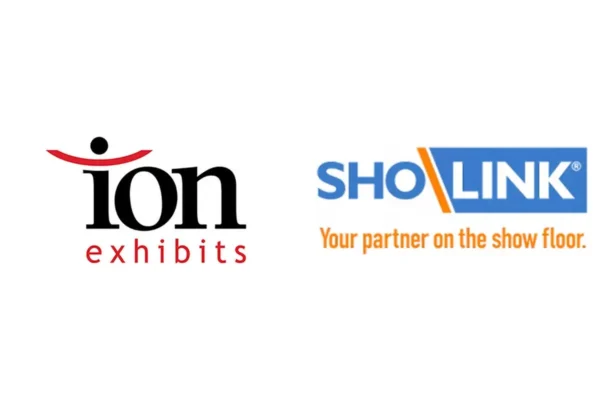“What is the Return on Investment?” This question can be a frustrating one for marketing staff when it comes to tradeshows. It should be obvious; brand awareness, industry contacts, media communication, as well as the ubiquitous sales leads, all come into play when a company chooses to attend a tradeshow. But sales leads often become the sole metric for measuring the success of a show in stakeholders’ eyes, and marketing’s understanding of a show’s success can often be more intuitive than quantitative. So when pressured for an actual measure of a show’s success beyond sales leads or revenue, what tool is available to marketing?
Results strategy. “To focus on the most important metrics based on what a project’s goals and objectives are,” is key to results strategy, said Lynn Reves, VP of marketing and results strategy at Exhibitus. “How that is articulated is we simplify the data collection … what’s most important to them to measure, and we figure out how to measure and interpret that data once we collect it.”
Reves knows tradeshows; she’s been involved in the industry for more than 25 years, first with Nomadic Display, then Exhibitus. When she joined Exhibitus in 2014, two of her tasks were to get the marketing team started and install a results division. Working with a prior program and introducing her own derivatives, Reves developed a proprietary model for Exhibitus to offer customers. “We mention this as part of our core capabilities, along with all the other services we have,” she says. “A natural value-add benefit for our customers in case they are getting downward pressure from stakeholders to report back on a ROI.”
This isn’t a service most exhibit houses offer. “While there are independent companies that do metrics, and that’s all they do … it’s less common for an exhibit house to have that expertise in house,” she says. Reves sees that as an advantage for Exhibitus and its customers. “What the [independent companies] don’t necessarily do is focus on architecture, graphics production, building the exhibit, doing all the services in and out … they focus just on the metrics side of things. It’s a benefit to have a partner that not only helps you with all your tradeshow needs, but has a marketing team that can empathize with what you do on the day-to-day, and then is able to assimilate metric strategies on top of that.”
Payback ratio better describes what companies should be looking for, rather than just straight ROI. What’s useful to Exhibitus customers is “to put a value on the marketing communications side of things. It’s easy to measure ‘impressions,’ the number of hits you get through digital activations, but actually utilizing a similar sponsorship you normally would pay for, and coming up with a set value for every set of eyes that will see the brand. Most people don’t take it to that level.” She continues, “For every dollar you invest into a show activation, you will yield a certain amount back in revenue, or some other type of return.”
It can be difficult for a customer to absorb. Reves says, “I have worked with customers where they really struggle on the revenue side of the equation … where you count the attendees (of a show), how many were targeted, how many visited, how many became a lead, of the leads turned over to sales how many became opportunities, which become a sale based on a conversion ratio and an average dollar value. That’s the hardest metric to prove, and yet it’s the most common metric stakeholders will ask for … some think the payback ratio is the same as return on investment, which I think is normal, but the overall value is much larger than just the revenue component.”
The collaboration between Reves and the customer’s marketing department is key to getting beyond that sort of thinking. “The model is not created in a vacuum,” she says. “The marketer has to be involved from the beginning, with me, talking through their data … and we need to understand where they are with their metric collections, what we need to identify, and how we change their collection strategy moving forward. The collaboration is really key and it takes a lot of time.”
“Understanding where you are and feeding the results that you interpret into a continual improvement process, I call it CIP, that’s really what you want to accomplish,” she says. “Make tweaks and changes to affect better results the next time around. I like to remind people that this is an ongoing improvement process. When you take the first step to truly understanding all the different things you could measure versus just revenue, it’s a huge step in the evolution of your program.”
There’s quite a bit of math involved in her model, but Reves stressed that what Exhibitus offers goes beyond mere equations. “It is a whole bunch of formulas behind the scenes, but how you group the information and how you report the information is key.” In closing she states, “How you go about interpreting the data and considering your next move forward in that continual improvement process is all part of the consultation.”
Metrics and measurement. Data collection and interpretation. Communication and implementation. All this comes into play in messaging and branding. Exactly what tradeshows are for, and exactly what Lynn Reves and Exhibitus give to their customers.































